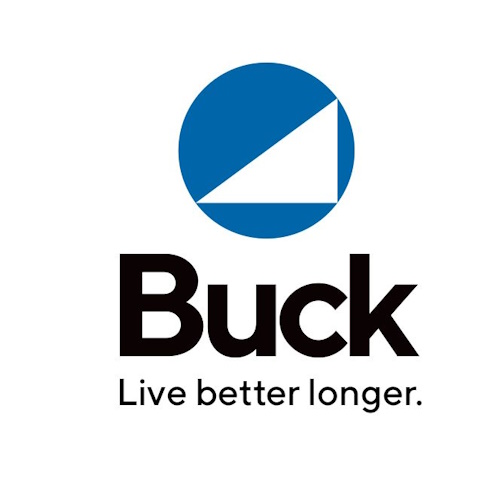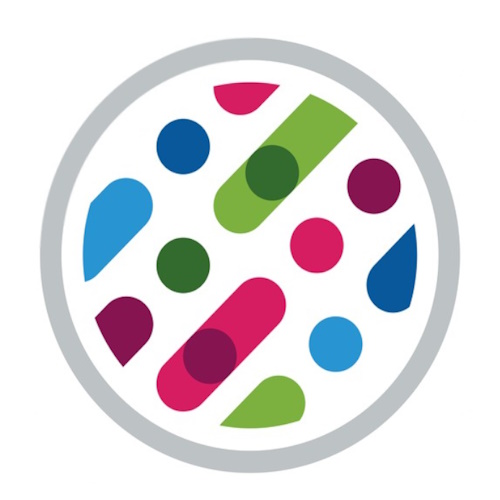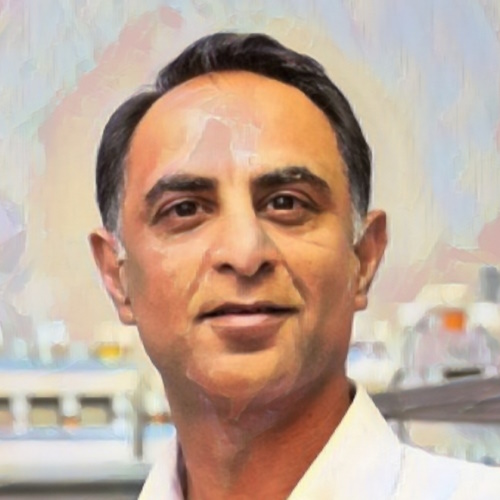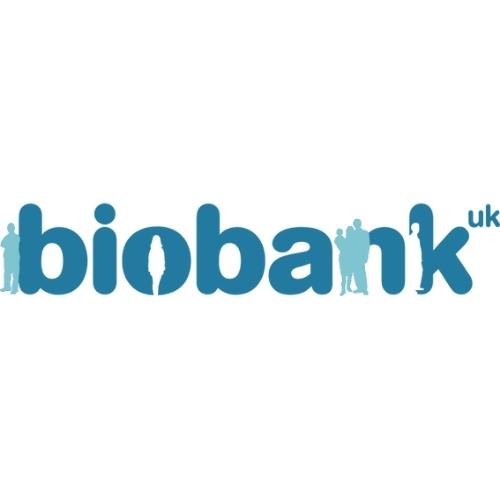Key points from article :
Imaging of the fundus, the blood vessel-rich tissue in the retina, can be used to track human aging, in a way that is noninvasive, less expensive and more accurate than other aging clocks.
They also did a genome-wide association study (GWAS) to establish the genetic basis for such a clock, which they call eyeAge.
“The results ... determine the trajectory of aging with 71% accuracy by noting discernable changes in the eyes of those being treated,” says Pankaj Kapahi, a senior co-author.
Changes in the eye, accompany aging and many age-related diseases.
Researchers have developed models to predict diabetic retinopathy from retinal images and have gone on to use retinal images to identify at least 39 eye diseases.
Google researchers trained and tuned the model for eyeAge using their well-studied EyePACS data set.
It involved more than 100,00 patients and applied to patients from the UK Biobank.
The study was carried out at the Buck Institute and was published in eLife.








